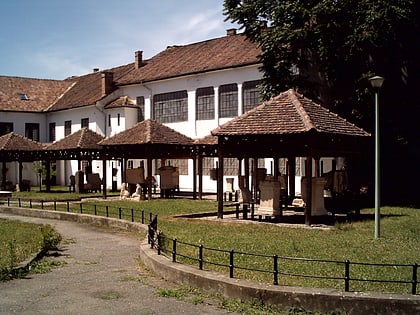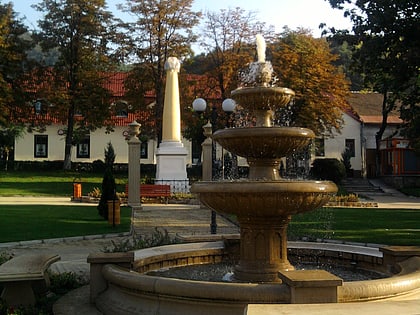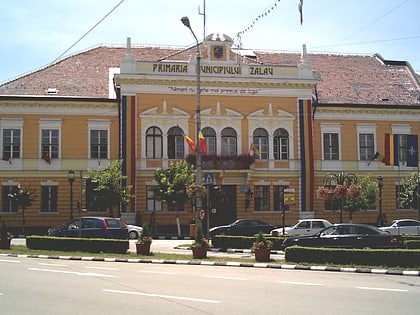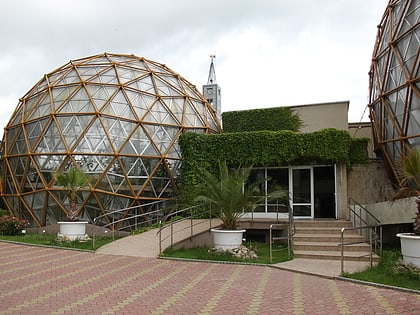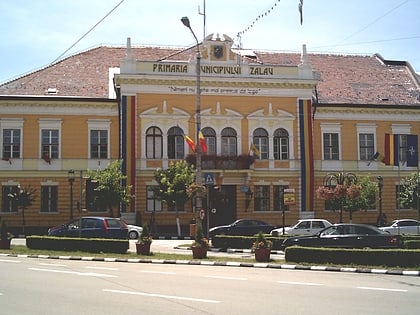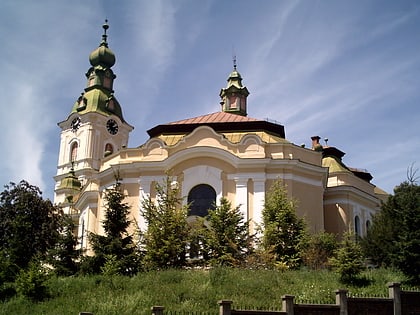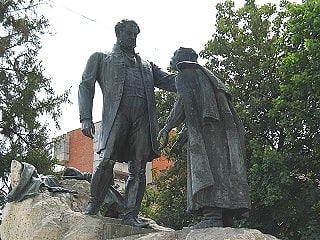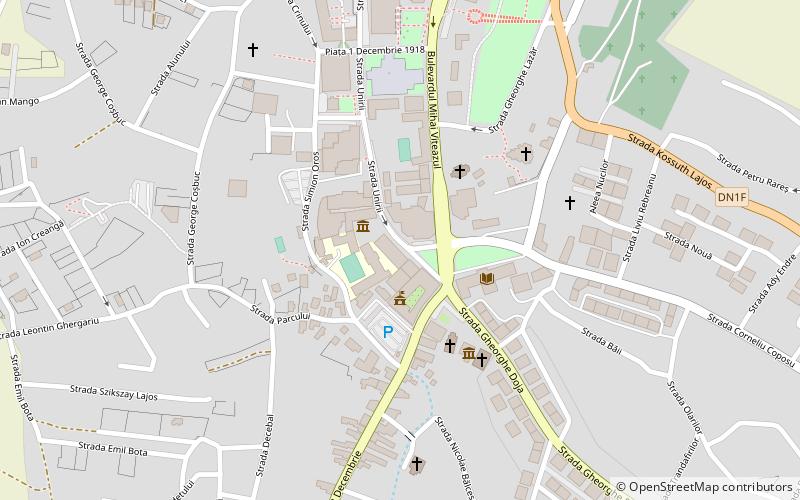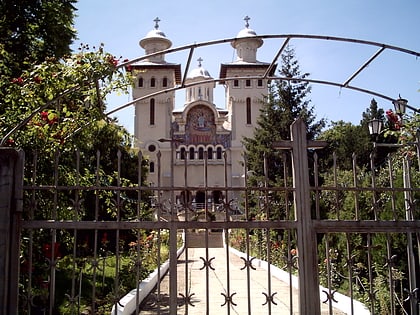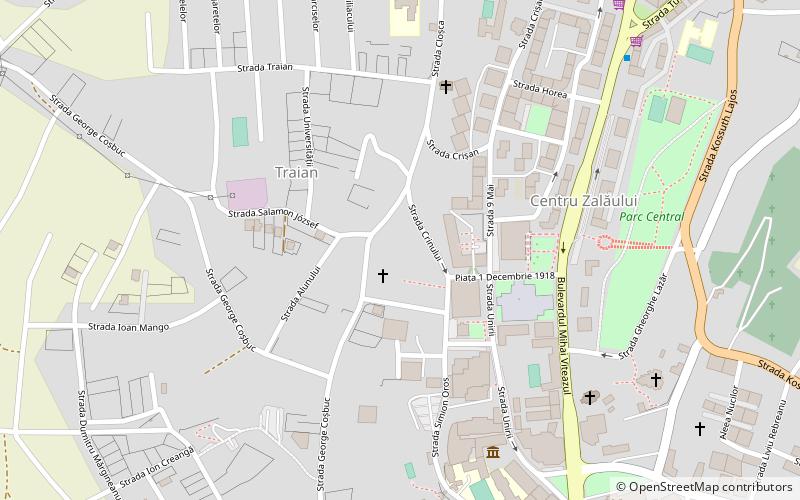Porolissum, Zalău
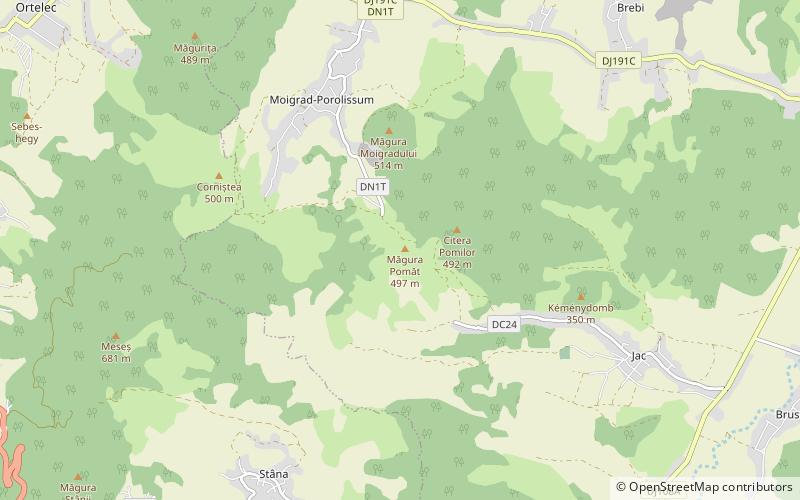

Facts and practical information
Nestled in the picturesque landscape of northern Transylvania, near the city of Zalău, Romania, lies the ancient Roman fortress of Porolissum. This archaeological treasure offers a captivating glimpse into the past for history enthusiasts and casual tourists alike.
Porolissum was established as a military camp in AD 106, following the Roman conquest of Dacia, and it swiftly grew into a thriving civilian settlement. Today, it stands as one of the most significant Roman archeological sites in Romania, providing visitors with an opportunity to walk through the ruins of a once-prosperous city.
The site is divided into two main areas: the military fort and the civilian settlements. The military fort, situated on the top of a hill, offers panoramic views of the surrounding countryside. Tourists can explore the remnants of the fort's defensive walls, gates, and towers. The civilian area, which extends to the lower ground, encompasses the ruins of public baths, a forum, amphitheater, temples, and various domiciles. Intriguingly, the amphitheater is one of the northernmost Roman amphitheaters ever discovered.
For those looking to delve deeper into the history of Porolissum, there is also a museum on-site that displays artifacts unearthed during excavations, including pottery, coins, and tools, which paint a vivid picture of daily life in the ancient city.
Visiting Porolissum is a journey back in time. The site is easily accessible by car or local transport from Zalău, making it an ideal day trip for those staying in the city. It is advisable to wear comfortable walking shoes as the terrain is uneven in places, and to bring a camera to capture the stunning scenery and the aura of history that permeates the ancient ruins.
Porolissum – popular in the area (distance from the attraction)
Nearby attractions include: Zalău County Museum, Holy Trinity Statue, Catholic Church, Iuliu Maniu Square.

